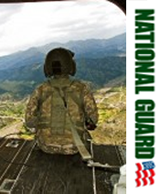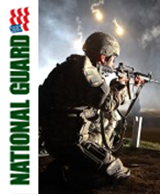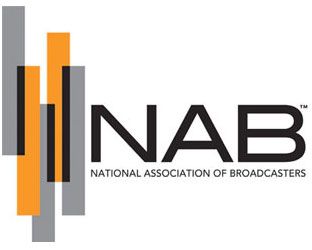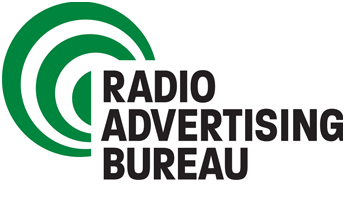Info for Broadcasters and Cable Companies
INFO FOR BROADCASTERS AND CABLE COMPANIES:
Amongst other things, Broadcasters and Cable Companies are required by law to:
1. Be familiar with and comply with FCC Part 11 (EAS rules)
2. Possess and properly install functional EAS equipment in conformance with the above rules
3. Have a copy of the associated FCC “EAS Handbook” at your ‘control point’
4. Monitor a minimum of two sources as assigned in the State Plan PLUS monitor the IPAWS (FEMA) CAP server. The Monitoring Assignments are available here. This document is excerpted from the Idaho State EAS Plan and for your convenience also includes a list of the four Operational Areas in Idaho, in addition to the monitoring assignments in your area.
5. Verify on a weekly basis that you have received either a test or actual EAS alert from each of your monitoring assignments and that you have transmitted a test or actual alert. Verify that your EAS equipment is successfully “polling” the IPAWS server. The cause of any failure must be determined and documented.
In addition, we recommend that broadcast stations download and review the FCC’s “Broadcast Self-Inspection Checklists” appropriate to your station. Amongst other things, these include a good summary of what the FCC expects of you with regard to EAS
In a nutshell, EAS works as follows in the State of Idaho:
1. NOAA Weather broadcasts weather warnings via NOAA Weather Radio.
2. Each region of the state has designated “Local Primary” (LP) broadcast stations who have volunteered to be the monitoring source for broadcasters and cable companies in their region. They monitor NOAA Weather transmitters and re-broadcast alerts for their region.
3. Emergency management within state and/or local government contact the State Communications Center (“StateComm”) with any requests to activate the EAS system. The StateComm personnel are trained to authenticate these requests and get the proper information for generating an EAS alert. These alerts are then distributed to broadcast stations, cable systems, and direct to the public using an Internet based Common Alerting Protocol (CAP), an international standard. The State Plan provides for multiple backup “Central Activation Centers” that emergency management may use in the unlikely event that circumstances prevent StateComm from providing this function.
4. Alerts sent using CAP are primarily distributed via FEMA's Integrated Public Alert and Warning System (IPAWS). This system can distribute alerts to cell phones (Wireless Emergency Alerts or WEA), broadcasters and cable systems for EAS broadcasts to the public, and also via NOAA Weather Radio.
5. In the event of a systemic Intertnet outage, alerts will be distributed via NOAA Weather Radio, which will be re-broadcast by broadcasters via EAS, providing further redundancy.
For security and privacy reasons, the Local Area EAS Plans are not posted here. Broadcasters and Cable Companies may contact their local LECC chairman to acquire a copy. The State Plan is below. Remember, you are legally required to have a current copy of these plans. You are strongly encouraged to keep your LECC chairman apprised of your contact information, especially email address, so that he may keep you up to date on EAS matters. Current versions:
· State Plan (click here)
· October 2023: The most recent version. Includes Monitoring Assignments. Note that this hasn't been formally approved by the FCC yet (submitted June 2022) but their enforcement bureau says it is OK to distribute with this caveat.
· Inland Northwest Local Plan:
· January 12, 2024
· SW Idaho Local Plan
· October 11, 2013
· SC Idaho Local Plan
· October 2015
· SE Idaho Local Plan
· June 15, 2015
Please let your LECC chair know of any suggestions you may have to improve this web site or EAS.
Information on this web site is provided as a service and is accurate to the best of our knowledge. It DOES NOT substitute for competent legal counsel.
For more info in your area of interest, click on the appropriate link on the left.












